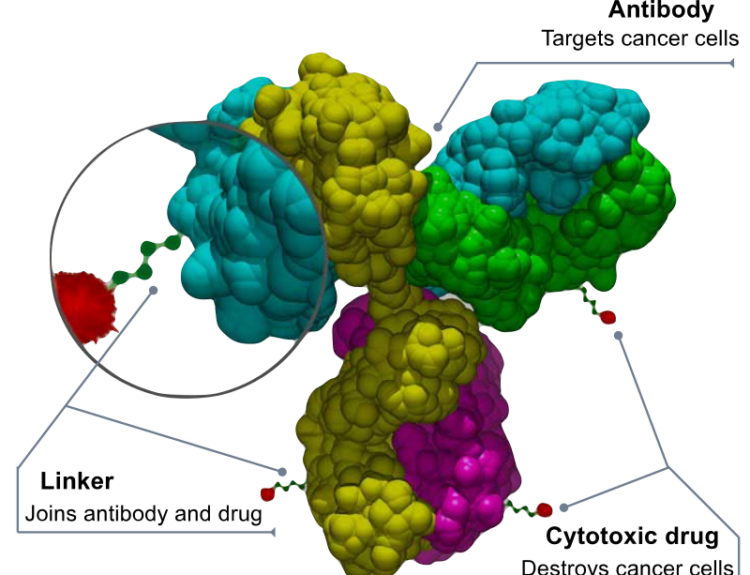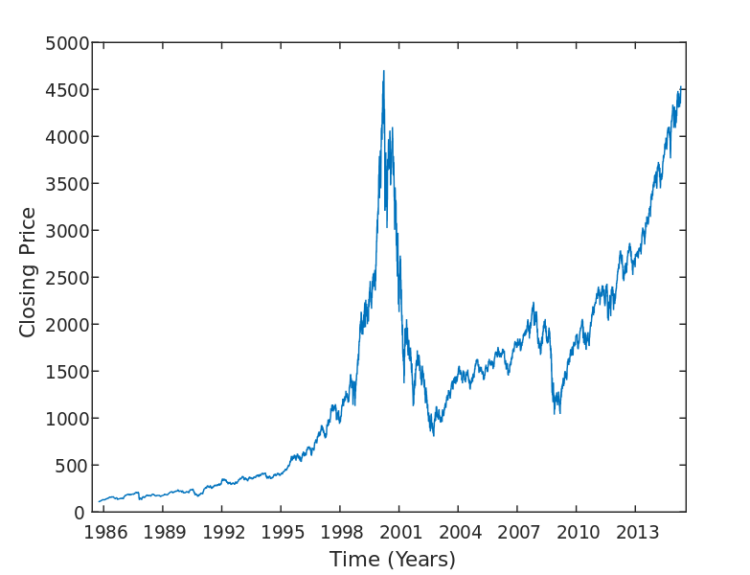Navigating the delicate balance between life and death in the operating room.
- Neurosurgery is a complex, high-stakes procedure requiring meticulous preparation and focus.
- Surgeons must balance technical skill with emotional detachment to ensure successful outcomes.
- Operations unfold like a three-act play, with rising tension and critical decision-making moments.
- The use of advanced tools and techniques is essential for navigating delicate brain structures.
- Surgeons face moral dilemmas regarding the risks of removing tumors versus leaving them behind.
Neurosurgery is akin to assembling a ship inside a bottle, where every move is critical and precision is paramount. Surgeons operate in a confined space, with a margin of error measured in millimeters, making thorough preparation essential. Just like a mountaineer meticulously checks their gear, neurosurgeons review anatomy and procedures before a complex operation. The night before surgery, many surgeons, including Theodore H. Schwartz, immerse themselves in textbooks and mentally rehearse their approach. Early mornings are often spent focusing on the technical aspects of the surgery rather than emotional connections with patients. nnDuring surgery, intense concentration is required as surgeons manipulate instruments to navigate the intricate landscape of the brain. The first step involves assessing the actual anatomy, which may differ from pre-surgical expectations. As they begin to remove a tumor, they must carefully manage bleeding and maintain control over their movements. Each operation is a performance, with the opening of the skull setting the stage for the unfolding drama. nnSurgeons face moments of doubt as they encounter unexpected challenges, such as tougher-than-expected tumors or complex anatomy. The climax of the operation comes when they successfully navigate these obstacles, leading to the final steps of cauterizing any bleeding vessels and closing the surgical site. nnOne of the most daunting tasks is removing bone to access critical structures like the carotid artery or optic nerves. This requires a delicate touch and the use of specialized tools, all while minimizing the risk of thermal damage. Surgeons must make tough decisions about whether to remove every last bit of tumor, weighing the risks of potential damage to surrounding structures against the benefits of complete removal. Ultimately, the responsibility for these decisions lies with the surgeon, who must act in the best interest of the patient, balancing risks and benefits with each move.·
Factuality Level: 7
Factuality Justification: The article provides a detailed and personal account of the neurosurgery process, using analogies and personal experiences to convey the complexity and emotional weight of the profession. While it is informative and engaging, it leans towards subjective interpretation and dramatization, which may detract from its objectivity. Some sections may also contain tangential details that, while interesting, do not directly contribute to the main topic of neurosurgery.·
Noise Level: 8
Noise Justification: The article provides a detailed and thoughtful analysis of the complexities and decision-making processes involved in neurosurgery. It uses vivid analogies and personal insights to convey the challenges faced by surgeons, while also emphasizing the importance of preparation and focus. The content is relevant, well-structured, and stays on topic, offering readers a deeper understanding of the surgical process. However, it could benefit from more scientific data or evidence to support some claims.·
Private Companies: Weill Cornell Medicine
Key People: Theodore H. Schwartz (Neurosurgeon), Vijay Anand (Not specified)
Financial Relevance: No
Financial Markets Impacted: No
Financial Rating Justification: The article discusses the intricacies of neurosurgery and the personal experiences of a neurosurgeon, which do not relate to financial topics or impact financial markets.·
Presence Of Extreme Event: No
Nature Of Extreme Event: No
Impact Rating Of The Extreme Event: No
Extreme Rating Justification: The article discusses the intricacies and challenges of neurosurgery but does not mention any extreme event that occurred in the last 48 hours.·
Move Size: No market move size mentioned.
 www.wsj.com
www.wsj.com 





